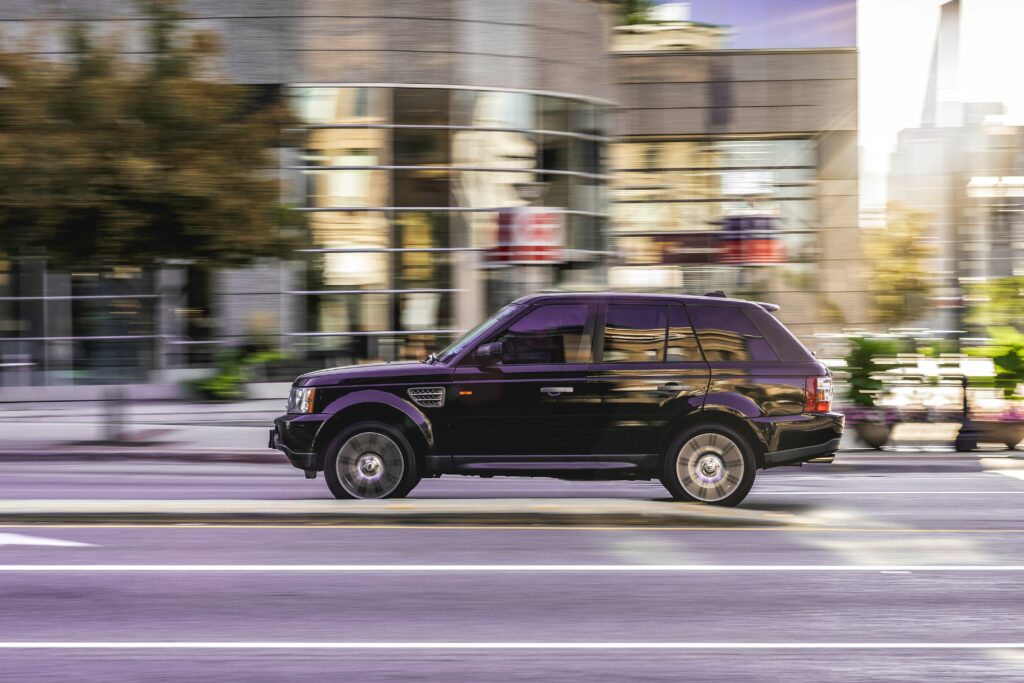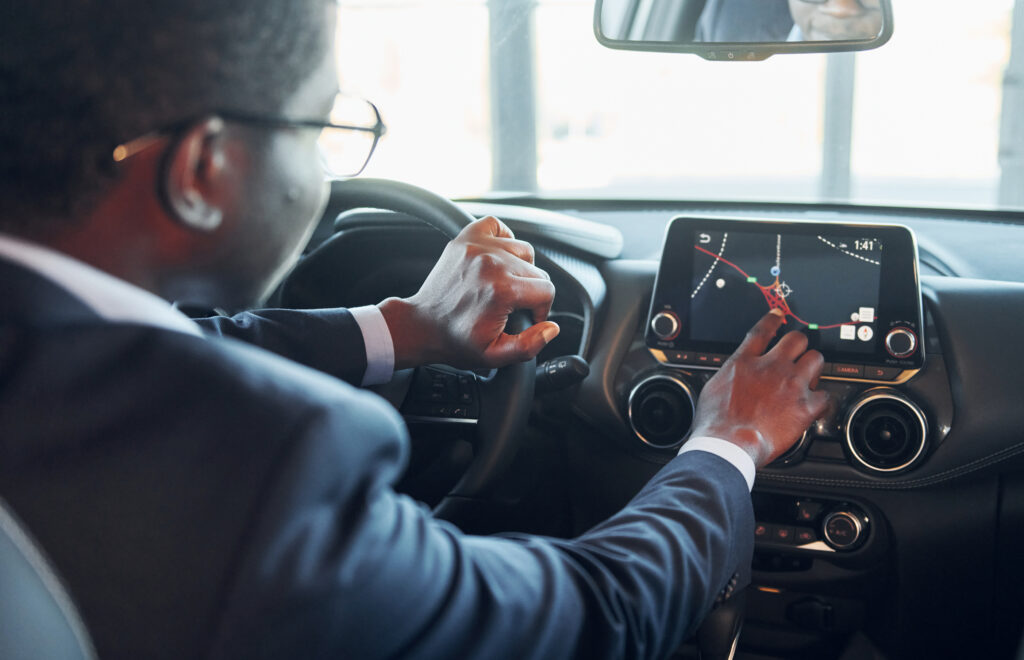What is Uber depreciation and why it matters
Uber depreciation refers to the reduction in your car’s value over time—something you can claim as a tax deduction if you use your vehicle for rideshare work. Since your car is a business asset, you’re allowed to claim part of its cost each year as it wears down.
If you’re using your car primarily for Uber, this could be your largest deductible expense. But to make it count, you’ll need to understand the rules around business use, ownership, and what the IRD considers valid depreciation.

If you’re unsure how to structure your vehicle use for maximum tax benefit, check out our guide on the ways to buy a car for business.
How vehicle depreciation works for Uber drivers
So, how do you actually calculate rideshare vehicle depreciation? The short answer: it depends on how much of your driving is business-related, how you bought the car, and the method you use to claim.
Key components of depreciation:
- Vehicle cost or market value at the time of purchase
- Business use percentage, tracked via logbook or app
- Depreciation method (straight-line or diminishing value)
- Year of purchase (accelerated in year 1, slower in future years)
Bullet list – Documents you’ll need:
- Car purchase receipt or lease agreement
- Mileage or logbook records
- Annual odometer readings
- Proof of rideshare income (Uber statements)
Need help sorting your figures and records? Our bookkeeping services are designed specifically for small business and gig workers like you.
Which depreciation method should you use?
When claiming your Uber’s car depreciation, you typically have two options: use a detailed logbook method, or go with the simplified kilometre rate.

Here’s how they stack up:
| Method | Description | Best For |
|---|---|---|
| Logbook Method | Tracks exact % of business use | Full-time Uber drivers, high km users |
| Fixed Rate | Uses a flat per km rate (e.g. $1.04/km in NZ) | Part-time or casual drivers |
If you plan to keep the vehicle long term and use it mostly for work, the logbook method often results in a bigger deduction. Just make sure you have a valid logbook over 90 days.
Also check whether you’re triggering FBT on a company car if you’re claiming 100% business use—this could apply if your car is owned by a company.
Claiming Uber depreciation on your tax return
Claiming depreciation means you’re telling the IRD that part of your vehicle has “worn out” due to business use, and you want to deduct that cost. The catch? You need to do it right.
How to claim:
- Work out the cost base of your vehicle
- Determine your business use % (logbook or estimate)
- Apply the correct depreciation method
- Record it in your tax return or software (e.g. Xero, Hnry)
- Retain all supporting records in case of audit
What to include:
- Copy of logbook or mileage report
- A fixed asset register (if applicable)
- A depreciation schedule showing the claim amount
- Statement of Uber income and fees
Want to see how your software handles this? We break it down in our Hnry vs Xero comparison.
Common mistakes to avoid with rideshare depreciation
Plenty of Uber drivers miss out on their full deduction—or risk getting penalised—because of avoidable errors.
Don’t make these mistakes:
Claiming 100% business use without proof
- Using both mileage rate and depreciation in the same year
- Not keeping a logbook if you switch vehicles
- Forgetting to update the IRD on a car sale
- Ignoring vehicle tax deductibility rules (full breakdown here)
How to stay compliant:
- Keep a detailed logbook for at least 90 days
- Don’t mix personal and business fuel receipts
- Use accounting software to track fixed assets
- Talk to a tax advisor if you change vehicles mid-year
Conclusion
If you’re an Uber driver, depreciation is one of the most powerful tools to reduce your tax bill. But it’s also one of the most misunderstood. From choosing the right method to keeping a proper logbook, every detail counts—and small mistakes can lead to lost deductions or IRD scrutiny.
Whether you drive full-time or casually, claiming Uber depreciation the right way can put thousands back in your pocket over the life of your vehicle. The key? Stay organised, choose the method that suits your situation, and back your claims with solid records.
And if all this feels overwhelming, don’t stress—we’re here to help. Our team at BH Accounting can guide you through your vehicle claims, check your depreciation schedule, and make sure you’re not leaving money on the table. Talk to us today and take the stress out of tax season.
FAQ about Uber depreciation
Can I claim depreciation if I lease my car?
In most cases, no. Leased vehicles are claimed under lease payments, not depreciation—unless it’s a finance lease.
How much can I claim in year one?
Depreciation is usually highest in the first year, depending on the method. For diminishing value, up to 30% of the adjusted value may be deductible.
Do I need a logbook?
If you want to claim a % of your actual costs (fuel, insurance, depreciation), then yes. You don’t need one for the per-km rate.
Can I claim mileage and depreciation?
No. You must choose either the mileage method (which includes wear and tear) or the actual cost method (which includes depreciation). Not both.
What happens if I sell the car?
You may need to adjust for depreciation recovered, and declare any gain or loss on sale in your return. Keep all sale documents for your accountant.
Disclaimer
This article is for information only—not legal, financial, or tax advice. Every business is different, and rules change, so don’t make major decisions based on what you read here. If you’re unsure, talk to a professional—it’s cheaper than fixing a costly mistake later.
